Fears funding shortfalls could scupper Dragon of Shandon
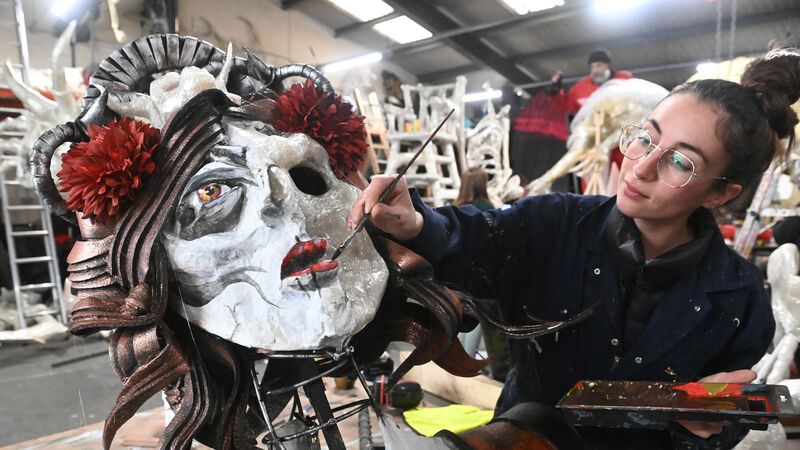
Eugenie Chianese painting the tower lady for the Festival of Shandon event. Pictures: Eddie O'Hare
In a warehouse in a business park in Blackpool, the skeleton of a gigantic dragon is lying next to a huge elephant, a towering lady of the underworld, and an array of hellish creatures that will bring Cork City alive on Halloween, alongside dancers and performers in the Dragon of Shandon parade.
However, this year the charity behind the parade is feeling the pressures of limited funding and increased costs. Organisers fear that without extra investment or help from the public, the dragon’s roar won’t be heard in years to come.
The parade has become a huge attraction that brings in crowds of 15,000, but it is still being funded by a local charity on a stretched budget, who are determined to include as many children, adults, and community groups as possible in the creative process that leads up to it, despite financial pressures.
William Frodé de la Forét, the artistic director of the Cork Community Art Link, says the hundreds of workshops that happen in months before Halloween are what the Dragon of Shandon is really about.
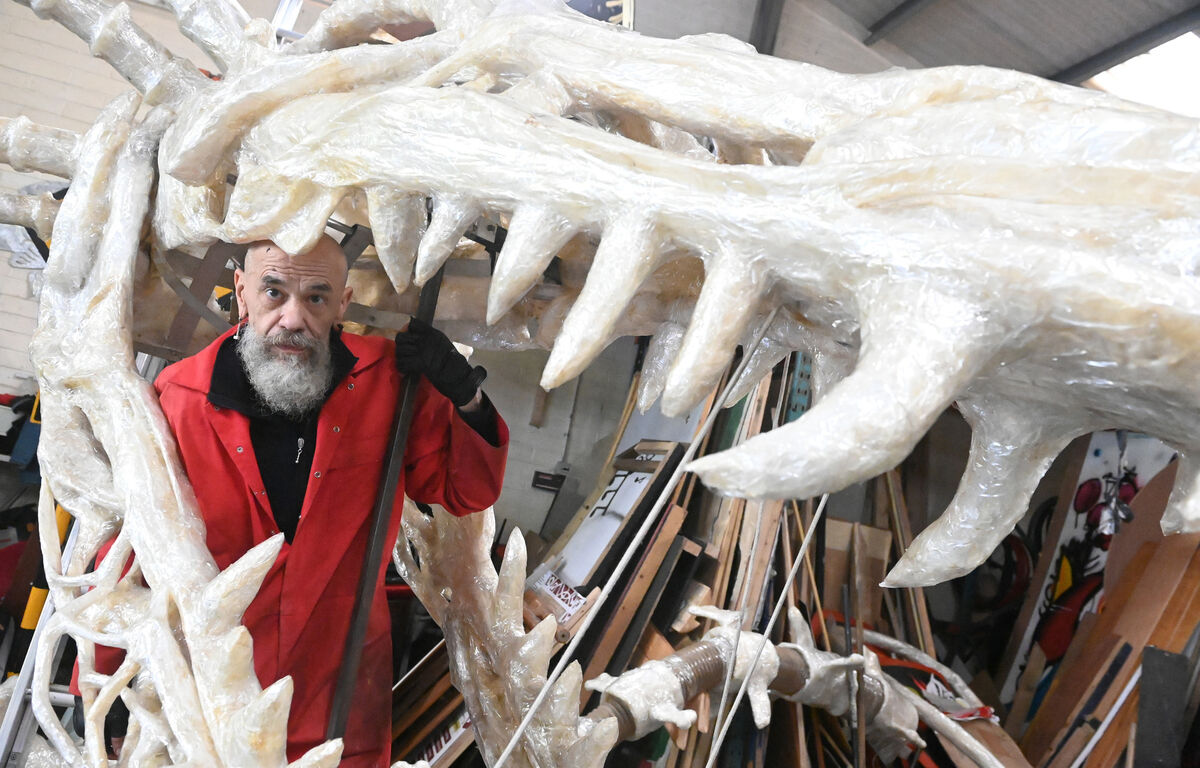
“We are not just producing a festival or a tourist event, we are a platform for people to access the arts who may not get the opportunity otherwise,” he explained.
His 22-year-old daughter Alima has grown up with the dragon and has seen firsthand how it brings people together. This year she is working as the project manager of the parade.
“I met so people from different backgrounds growing up and saw that we could all work together to make this happen. That’s an experience that should be open to all children,” she said.
Cork Community Art Link general manager Laura Pauwels said that the charity is appealing to the public through a GoFundMe campaign to help them with the expenses of this year’s parade, so they can continue to make it as inclusive as possible.
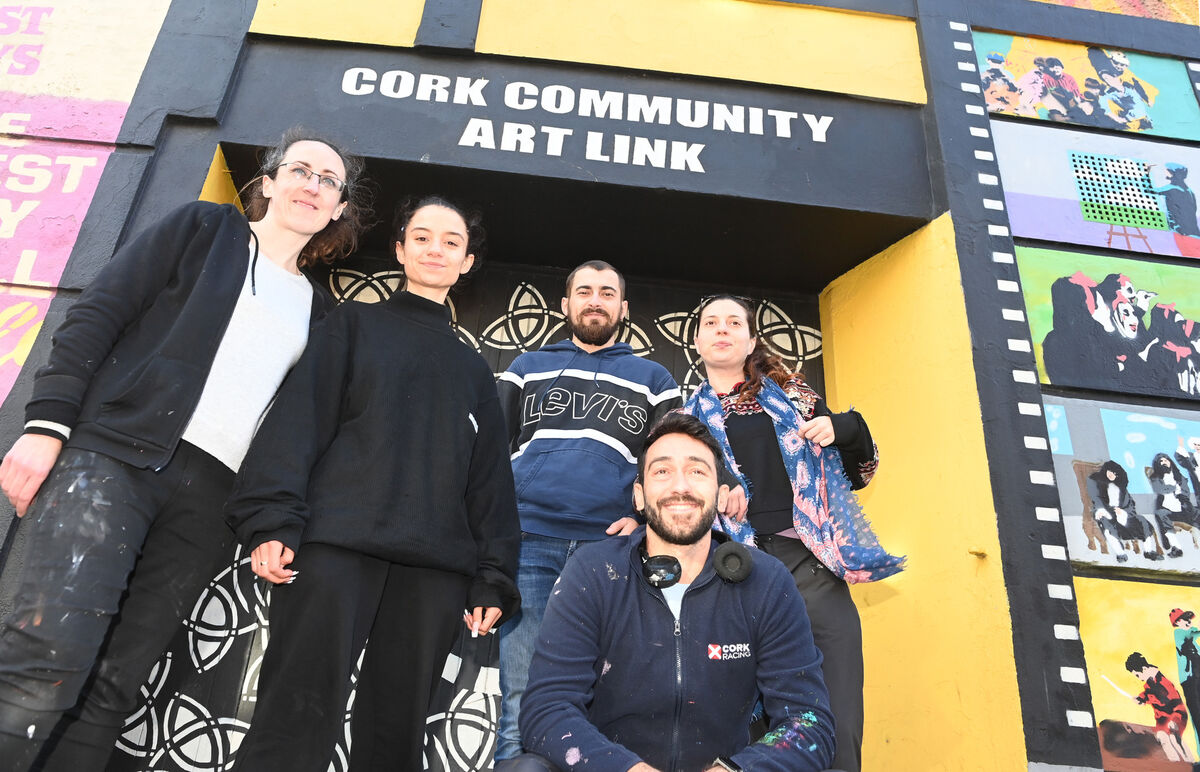
“We do get funding from the city council and Fáilte Ireland, but to run an event of this size in the current climate, we are absolutely going to need more. As it is, we are under financial pressure, it costs tens of thousands to run the event, and we are surviving off grants that don’t cover that cost,” she said.
“We are in talks with Failte Ireland to try and get the parade promoted more widely, it would be great to have a picture in Cork Airport.
“It makes sense to fund the dragon in the same way because hundreds of people get to participate in prop making, costume creation, dance, and so much more, it benefits so many people,” she added.
In 2006, when the parade was launched, a small team of art practitioners worked with a local youth group and people in Shandon to create a cardboard dragon, that a few hundred people turned out to see.
In the years since, Cork Community Art Link has acquired charity status and has full and part-time employees, who run workshops with Enable Ireland, the Cope Foundation, the YMCA, the Cork Life Centre, refugees and asylum seekers, the Traveller Visibility Group and many more.
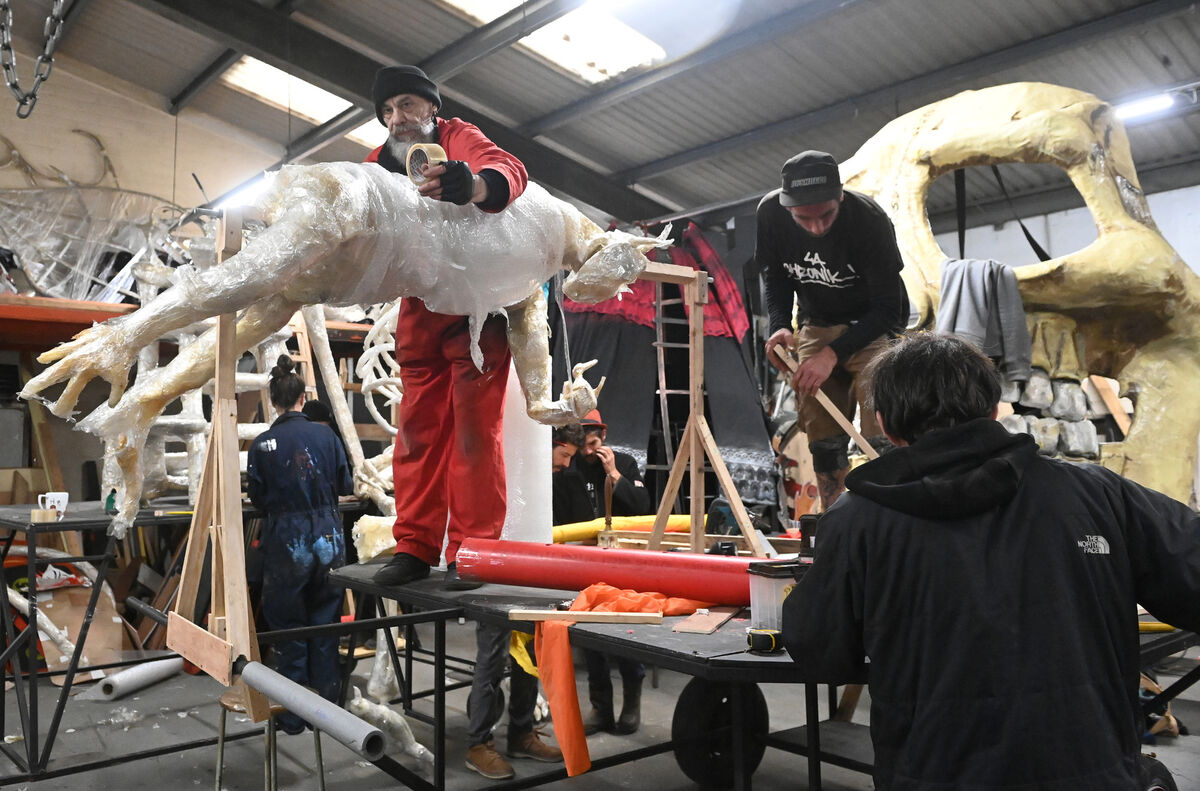
Raffaele Muraca, an Italian artist, first got involved with the Dragon of Shandon in 2014 through a voluntary programme that was meant to last for a year. He fell in love with Cork and the work that he does with the Cork Community Art Link.
“At home, I worked in a residential care home for children who were refugees in the Middle East, where I ran art workshops, and what we do here is similar because we work with children from disadvantaged programmes, and show them that they can create something together.
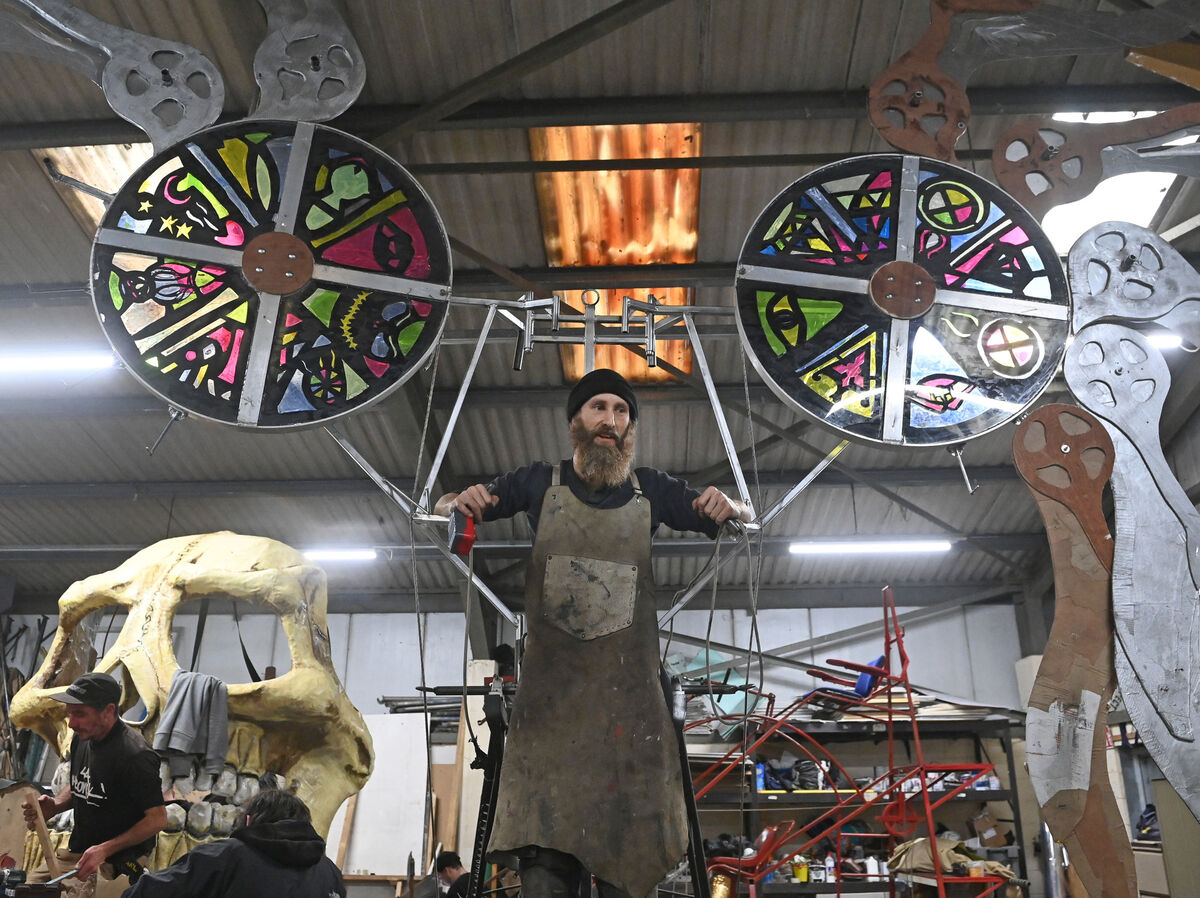
“Often, children will come in for a mask-making workshop, and get frustrated because they think they can’t do it. Then, slowly, they figure out their own method to create their vision; it builds their confidence,” he said.
Other workers at Cork Community Art Link got involved through community employment schemes, like Sam Hamilton, the lead technician who worked previously as a metal fabricator fixing slurry machines, and Charlotte Tsai, who returned home to Cork during the pandemic after years of working on the London theatre scheme.
“The employment scheme is open to people who have been on jobseeker’s allowance for a year, and want to work in the arts. After years of waitressing and working in theatre, the idea of being involved in participative community-led art really appealed to me,” Ms Tsai explained.

















